


This is a guide for all the information you might need after a car accident.
It is important to take note that even though we are happy to assist, it is still possible that we are not authorised to repair your vehicle.
The following are some terminologies which are frequently used and often misunderstood by the layman:

Own damage and windscreen claims covers against loss of or damage to your vehicle caused by accident and theft via your own policy. This is usually straight forward and takes less time.
Reporting: Report at any Authorised Reporting Centre (ARC)
Repair: Any authorised workshop¹

Third party claims are applicable when the accident involves other insured driver(s) and you intend to claim against them. This usually takes longer as liability needs to be established.
Reporting: Report at any Authorised Reporting Centre (ARC)
Repair: Any preferred workshop
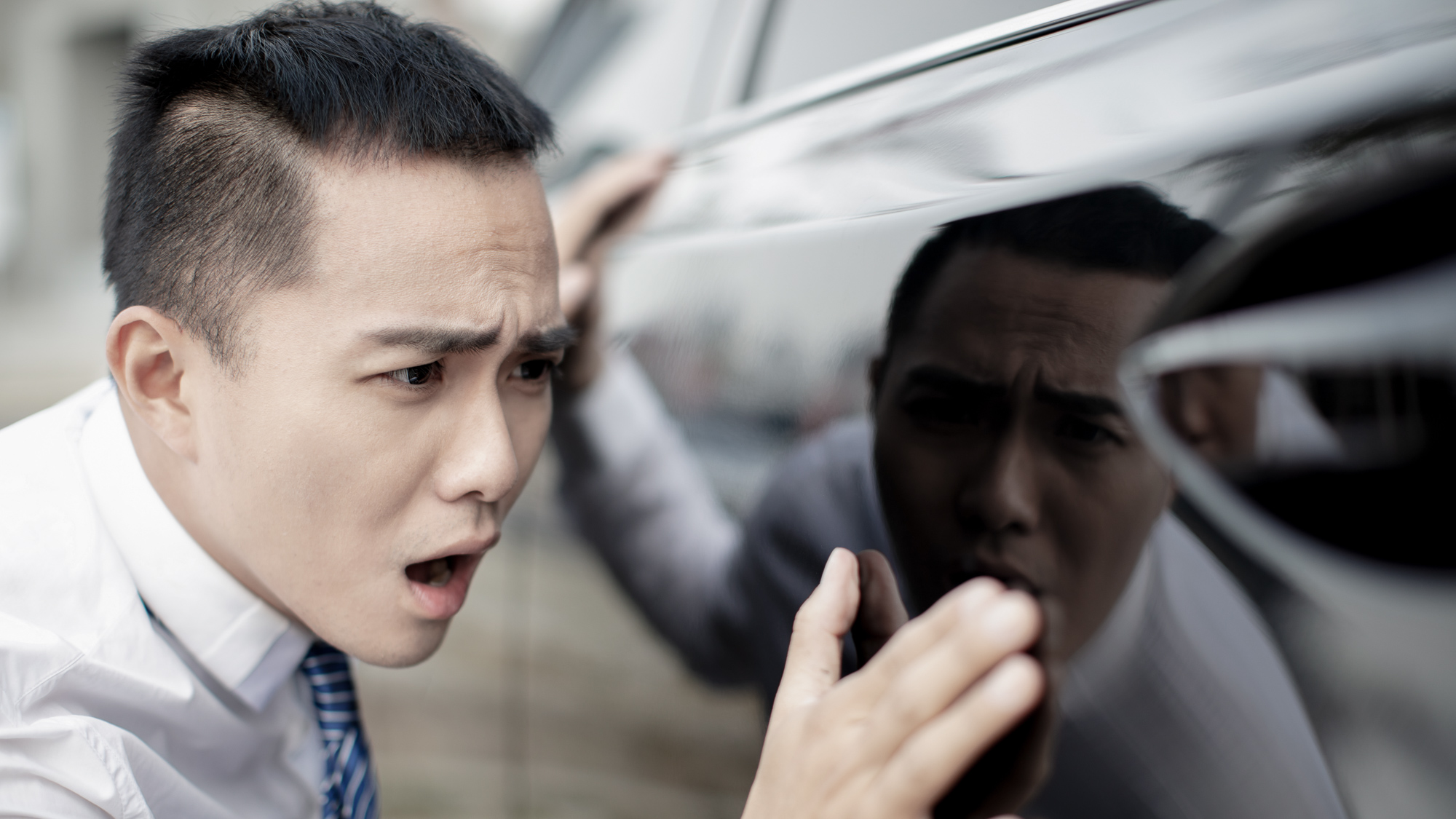
This is for recording purposes because you cannot be fully certain that the other party will not file a claim against you later. Otherwise, your claim may be prejudiced or declined later by insurers.
Reporting: Report at any Authorised Reporting Centre (ARC)
AIG |
Auto & General |
Aviva |
AXA |
China Taiping |
Direct Asia |
Liberty |
MSIG |
QBE |
Tokio Marine |
¹ You are advised to check your policy document or with your insurer on the use of dealer or authorised workshops.
Disclaimer: This is a general guide as not all unique cases can be covered. When in doubt, please clarify with your insurer or with our claims officers.
What should you DO after an accident?


Please ensure the following is noted of the other driver:

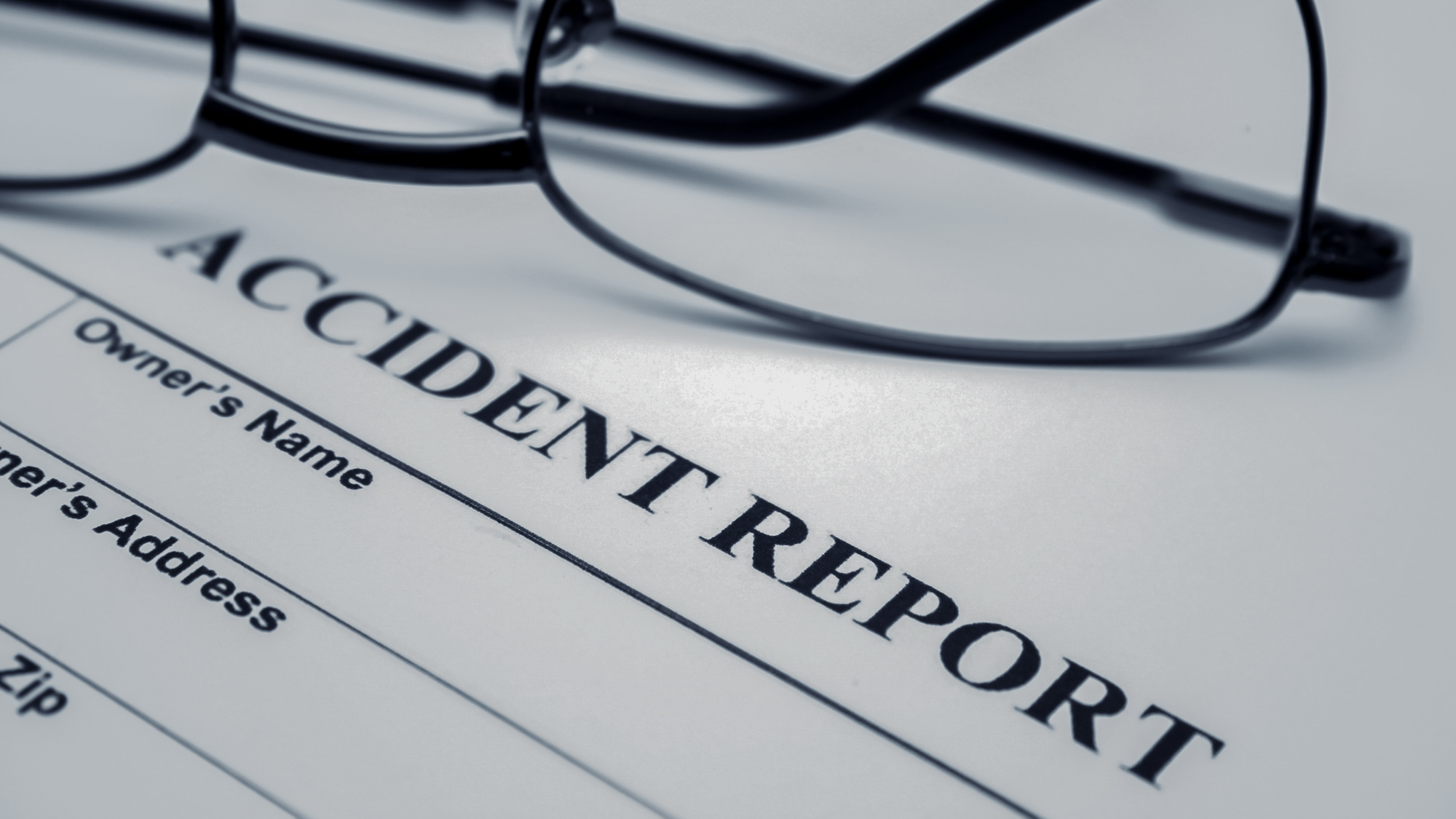
|
|
What should you NOT DO after an accident?
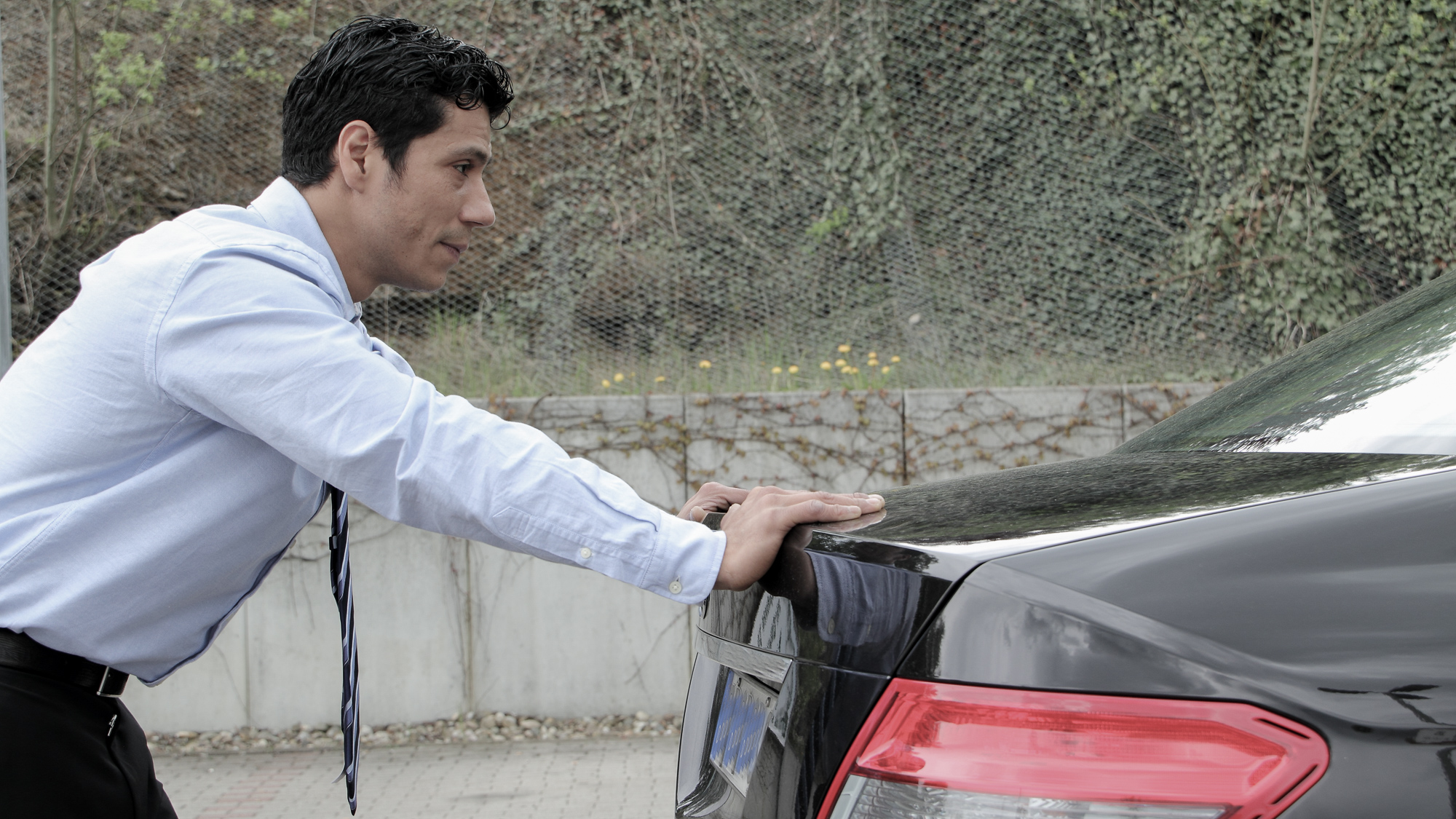
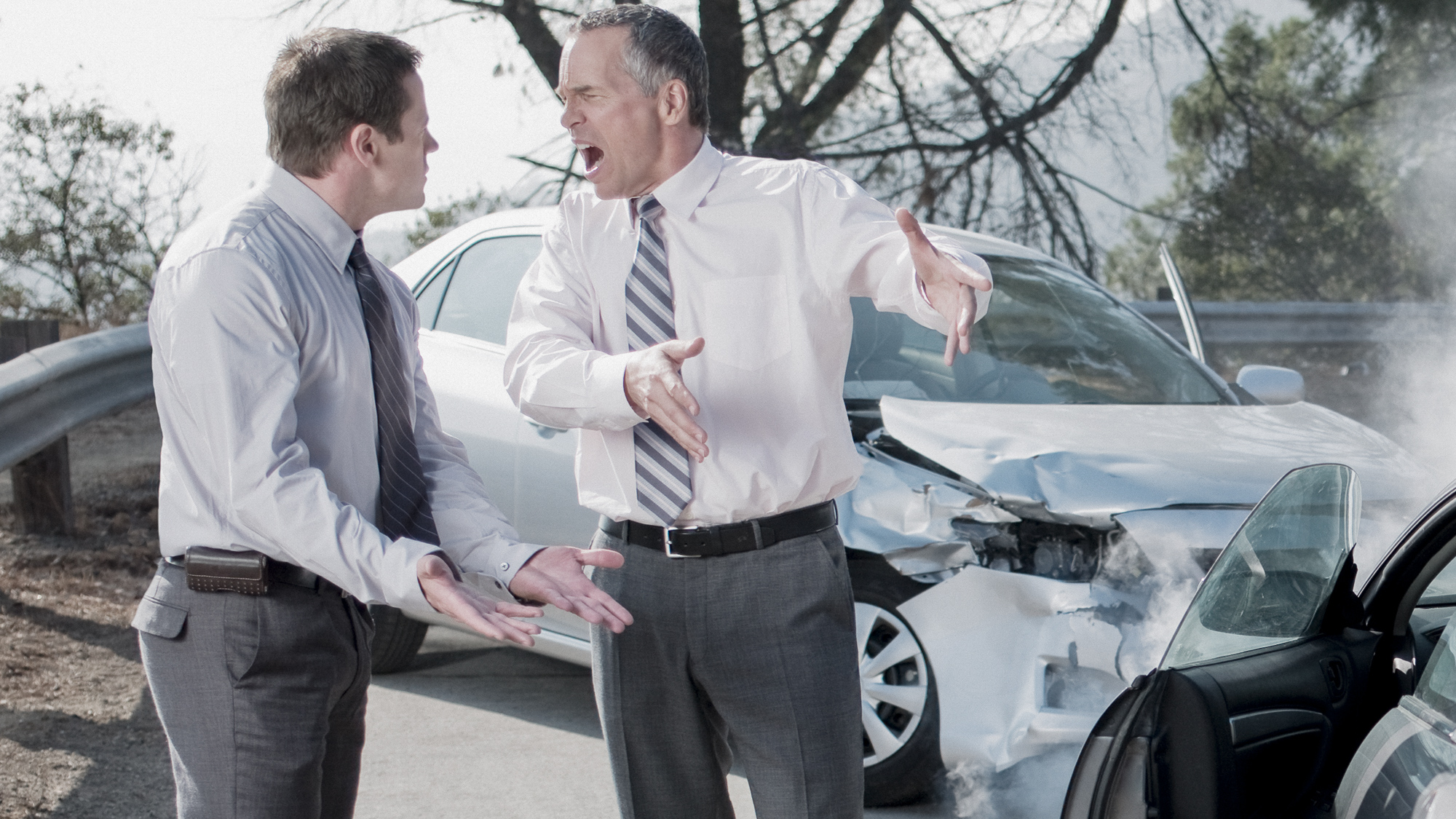
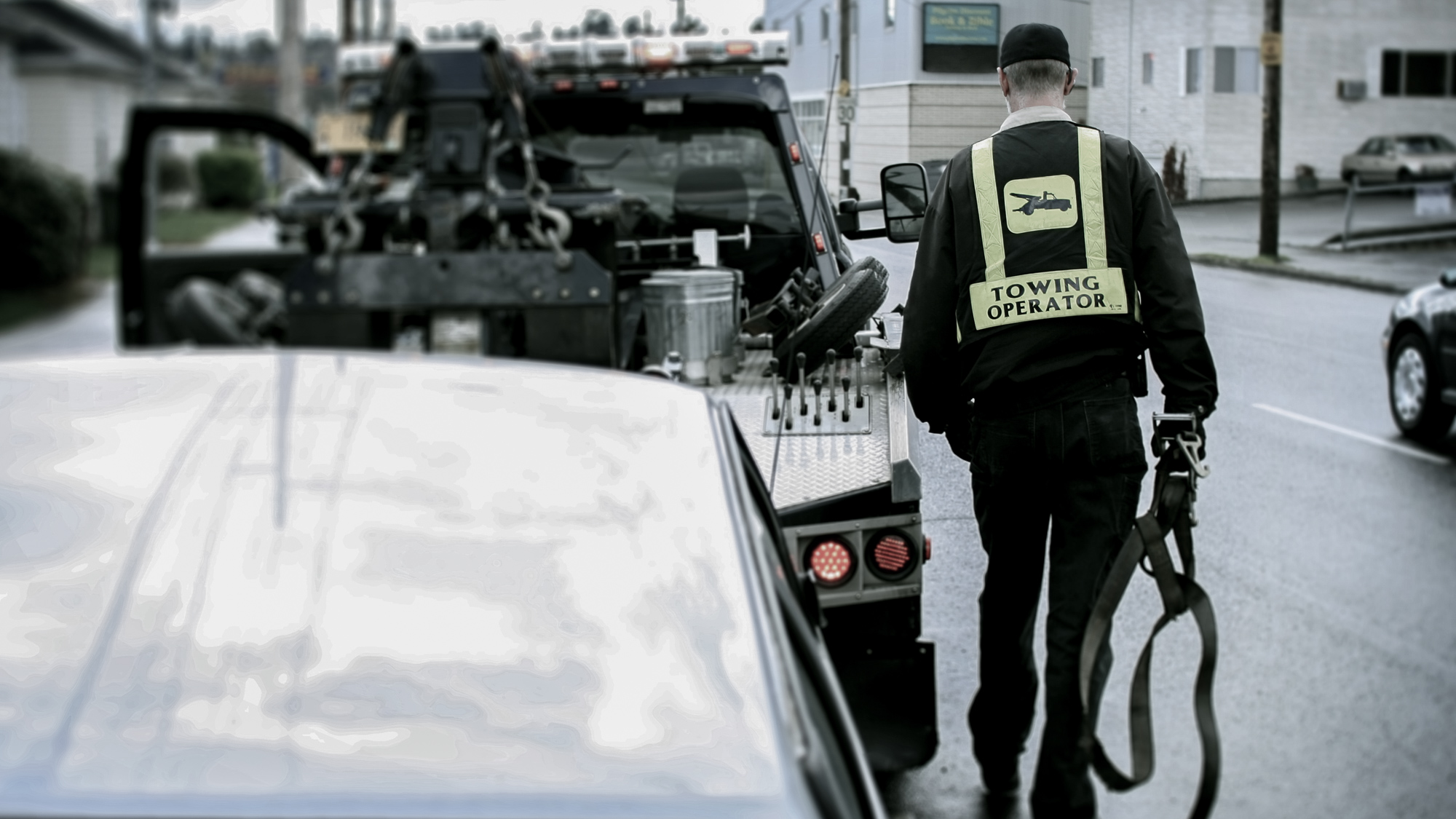
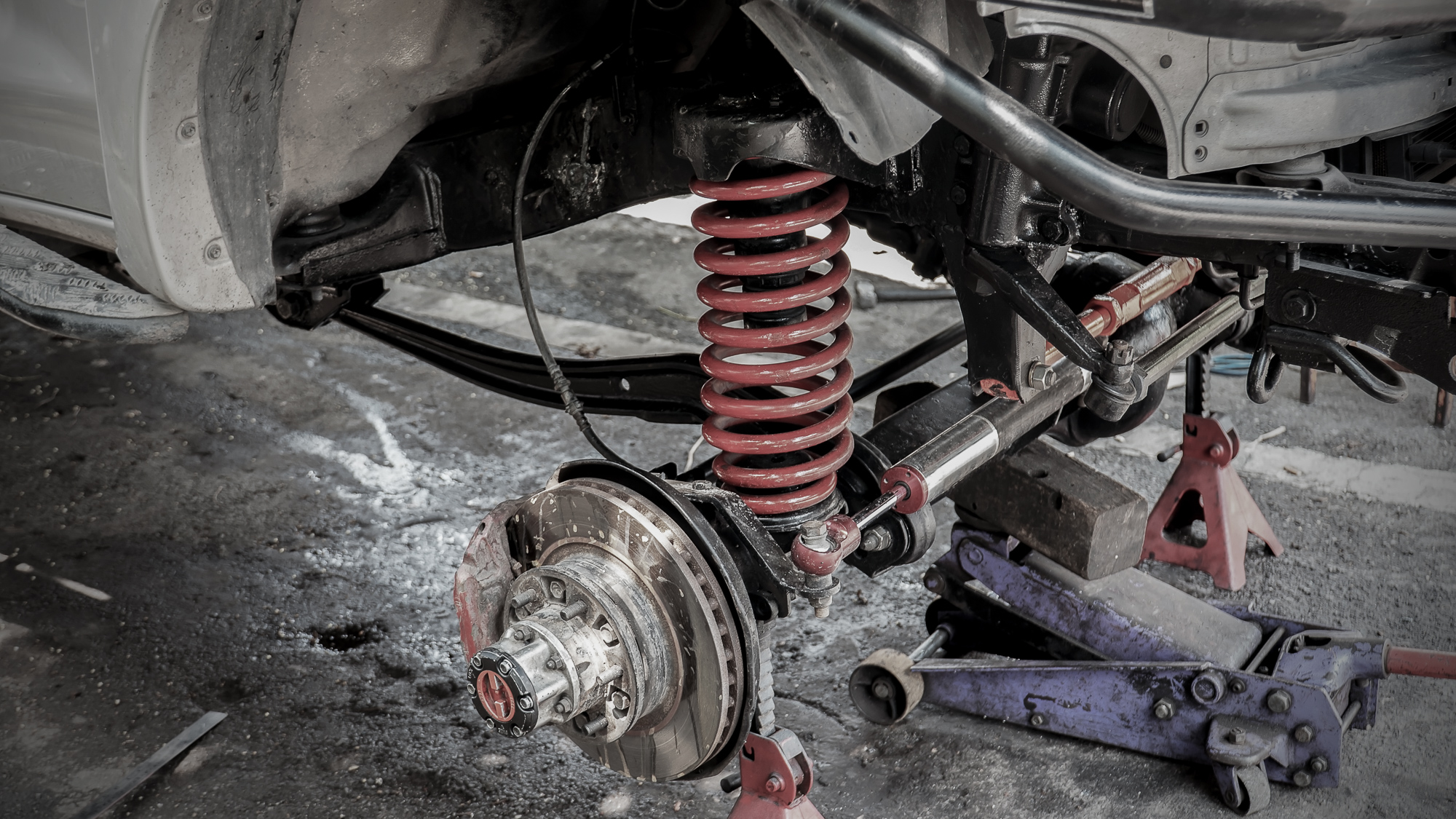
Disclaimer: This is a general guide as not all unique cases can be covered. When in doubt, please clarify with your insurer or with our claims officers.
Badly taken photos with poor angles and insufficient information can impact the success of your claims.
Photos need to accurately reflect the incident account reported in the sketch plan.
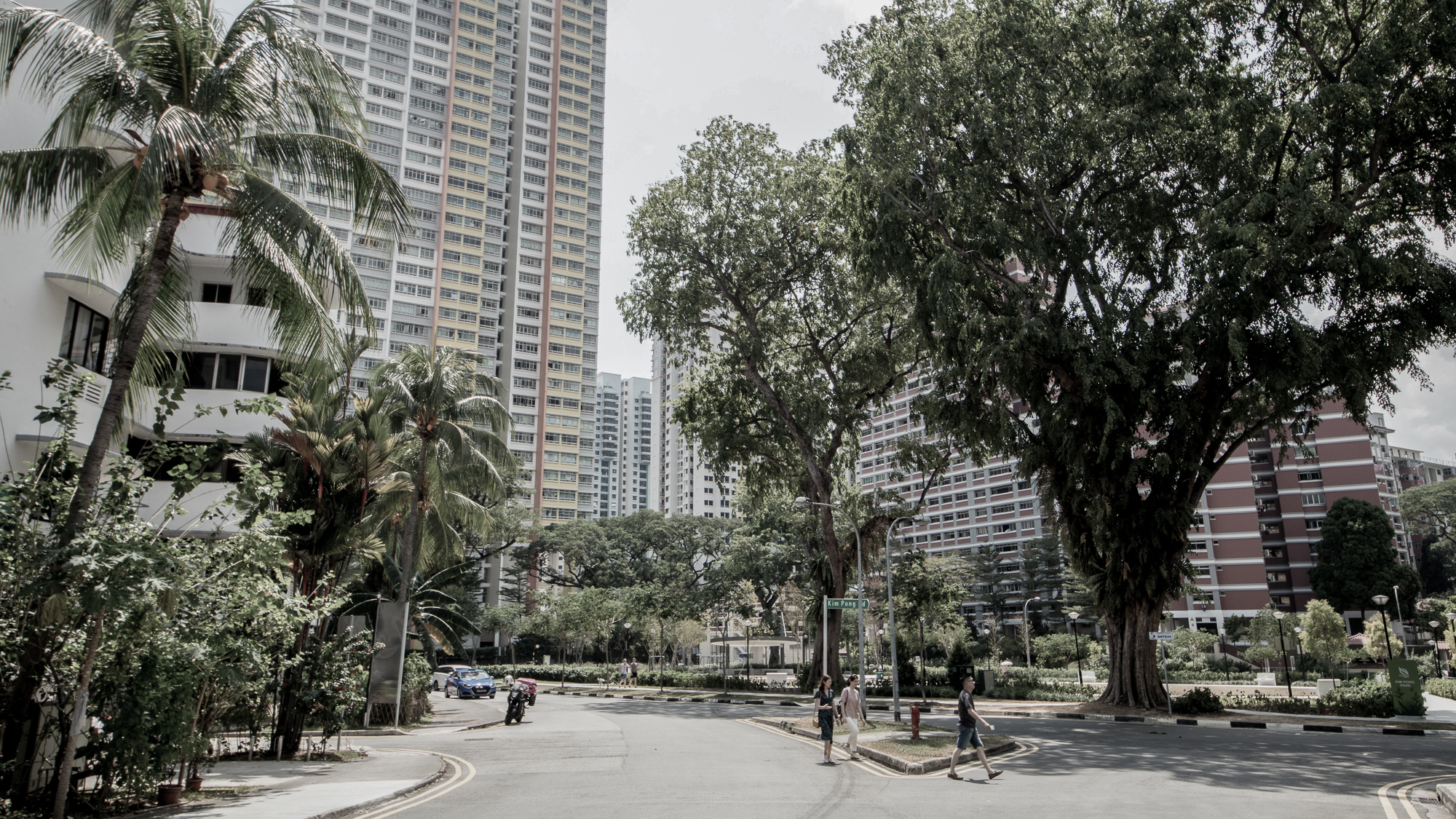
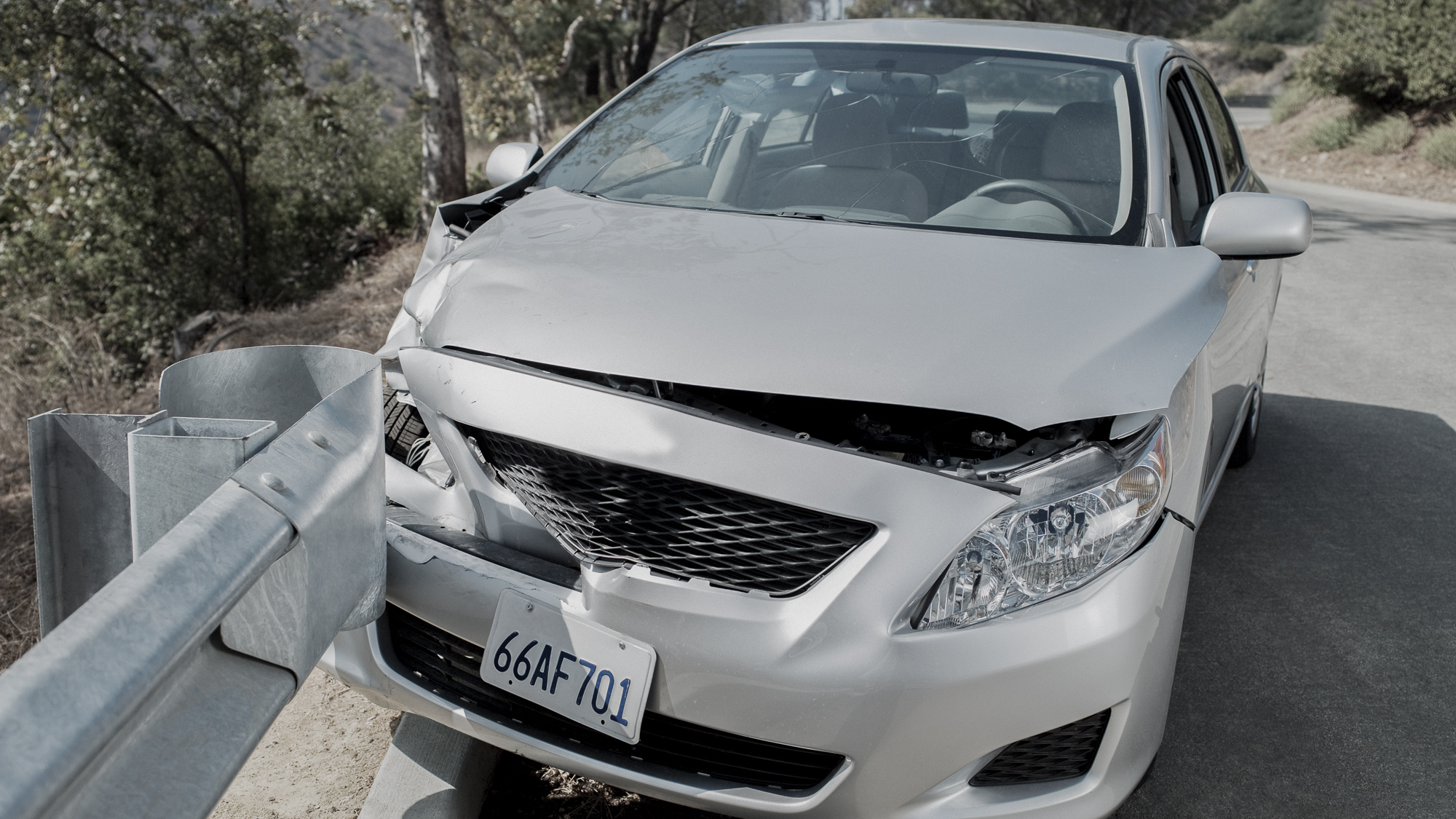

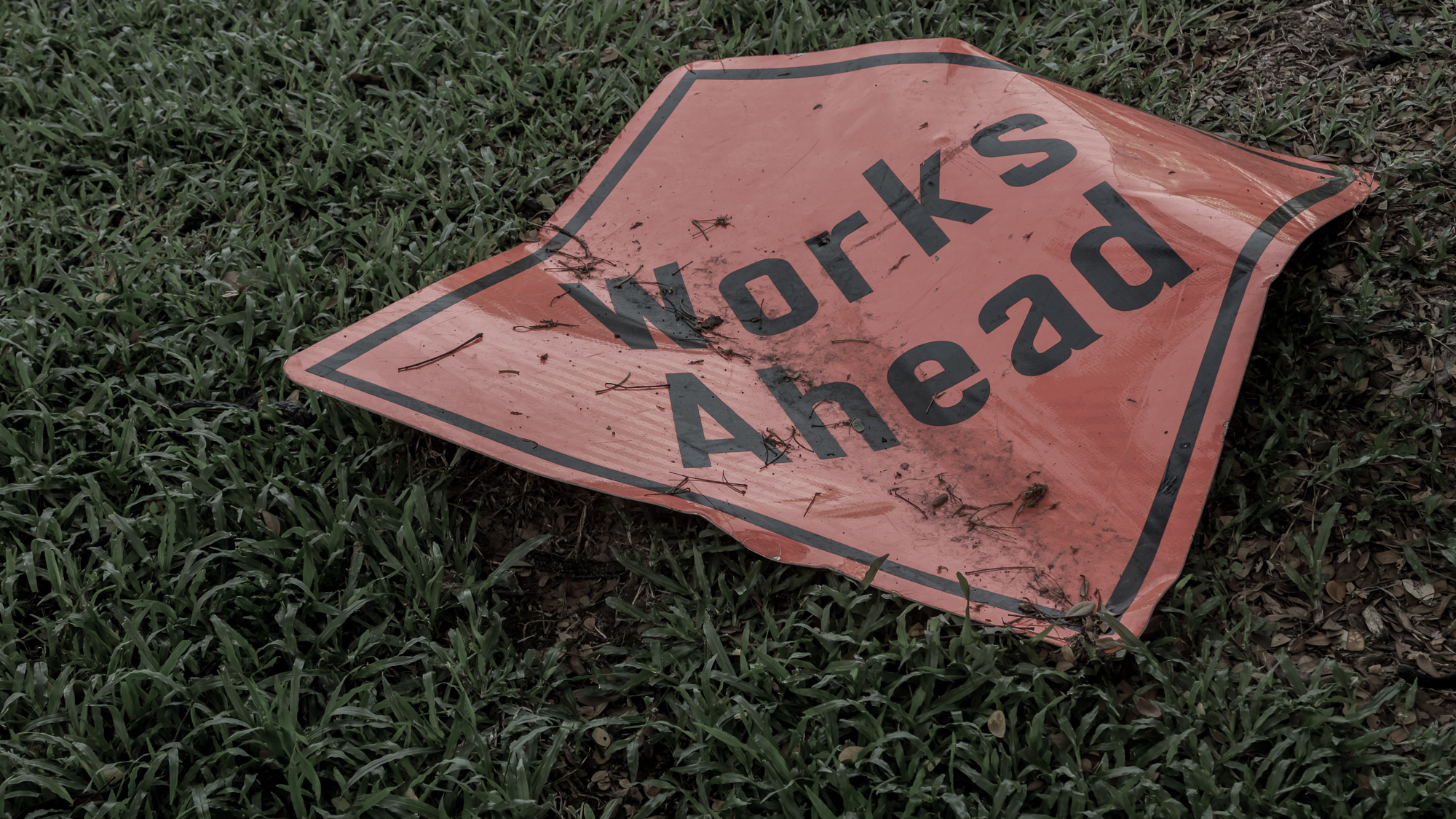
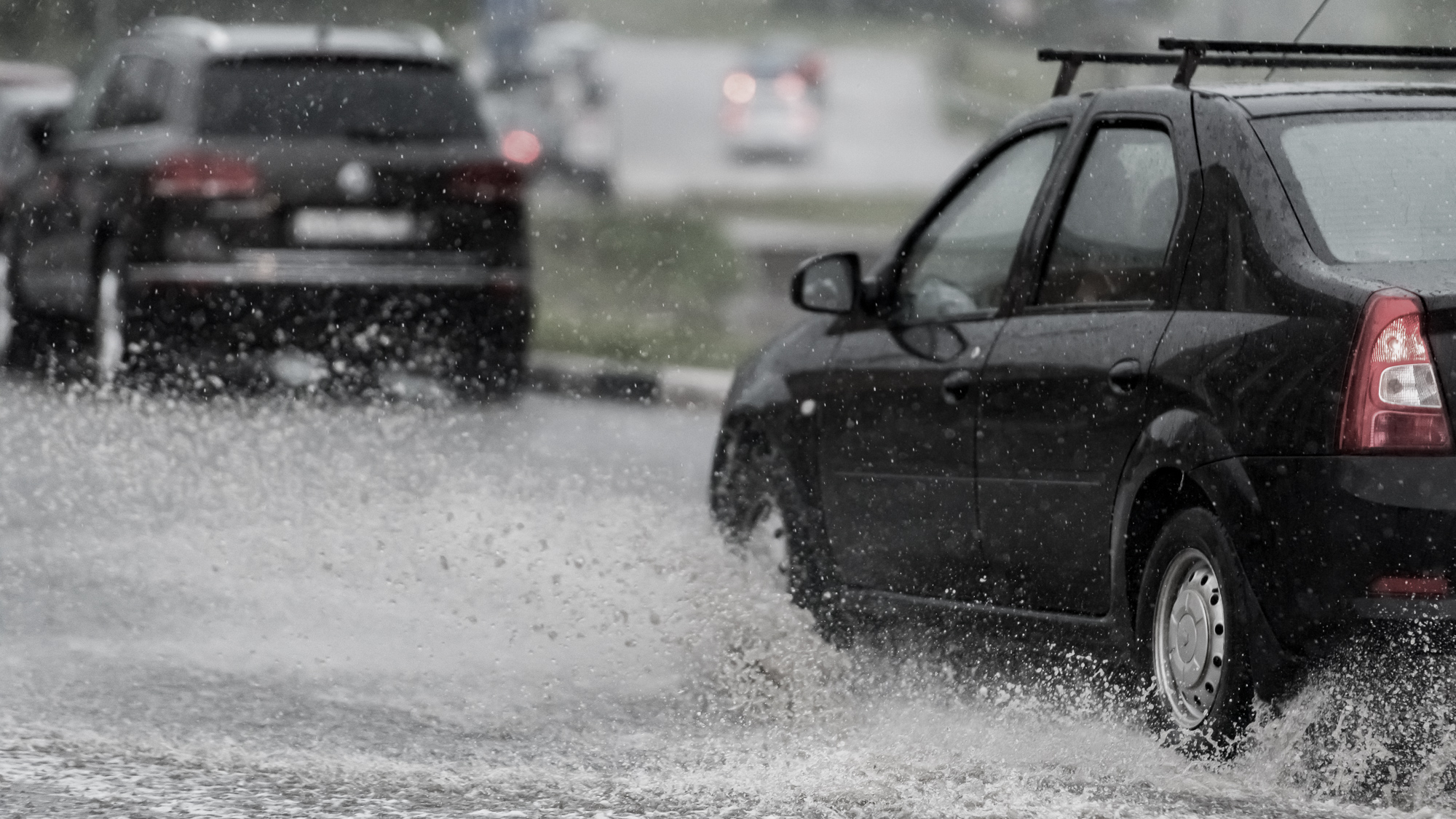
Disclaimer: This is a general guide as not all unique cases can be covered. When in doubt, please clarify with your insurer or with our claims officers.
Your sketch plans must be submitted for insurers to assess what exactly happened at the accident scene.
Accurate sketch plans can make the difference between a successful and an unsuccessful claim.


This sketch plan tells us that Car A and Car B were moving on the straight road and Car A collided into the rear of Car B.


This sketch plan tells us that Car A was turning right at the X-junction when it collided onto the side of Car B which was moving straight.


This sketch plan tells us that Car A was turning into the main road when Car B collided into the side door of Car A.


This sketch plan tells us that Car A was turning out of the side road when it collided onto the side of Car B which was moving straight.
Disclaimer: This is a general guide as not all unique cases can be covered. When in doubt, please clarify with your insurer or with our claims officers.
Need more details?
Here are our customers’ frequently asked questions.
For further enquiries, please call our hotline at (+65) 63310680 and our customer service officers will do our best to assist you.
Why:
Consequences:
Not necessarily. All insurers in Singapore use a guide called the Barometer of Liability Agreement (BOLA) to determine how much each party is liable in an accident. The BOLA is designed to speed up claims processing. It does not diminish your right to contest liability under the law.
Under the BOLA:
If you have a comprehensive policy, your insurer may recommend that you file an own-damage claim, (i.e. a claim against your own policy, regardless of which party might be at fault.)
If the other party is clearly at fault, and you file an own-damage claim:
(For cases where insured is not at fault, we provide services to do a direct claim against the other party)
You are encouraged to lodge a damage claim under your own policy. After you have been indemnified, you insurer will commence recovery against the other driver’s insurer if it can be proven that the respective driver is fully liable for the accident. Your insurer will not dock your No Claim Discount (NCD) at next renewal if recovery is successful.
(For cases where insured is not at fault, we provide services to do a direct claim against the other party)
Some insurers may provide a replacement car under their policy terms and conditions or a cash compensation to pay for alternative transport.
Your insurer may impose some restrictions on who can repair your vehicle. You are advised to check your policy document or with your insurer on the use of dealer or authorised workshops. Select a trustworthy one to restore your car will avoid compromising the safety of you and your passengers.
If you bring your accident vehicle to the authorised reporting centre or workshop, there are no fees or charges involved in the reporting process.
Under special circumstances, this would be permitted with supporting justification. Please contact your insurer for advice and instructions.
Source: General Insurance Association of Singapore (GIA) and Motor Claims Framework (MCF)
Disclaimer: This is a general guide as not all unique cases can be covered. When in doubt, please clarify with your insurer or with our claims officers.